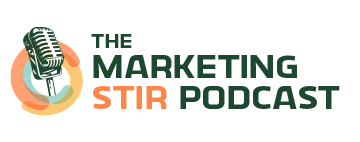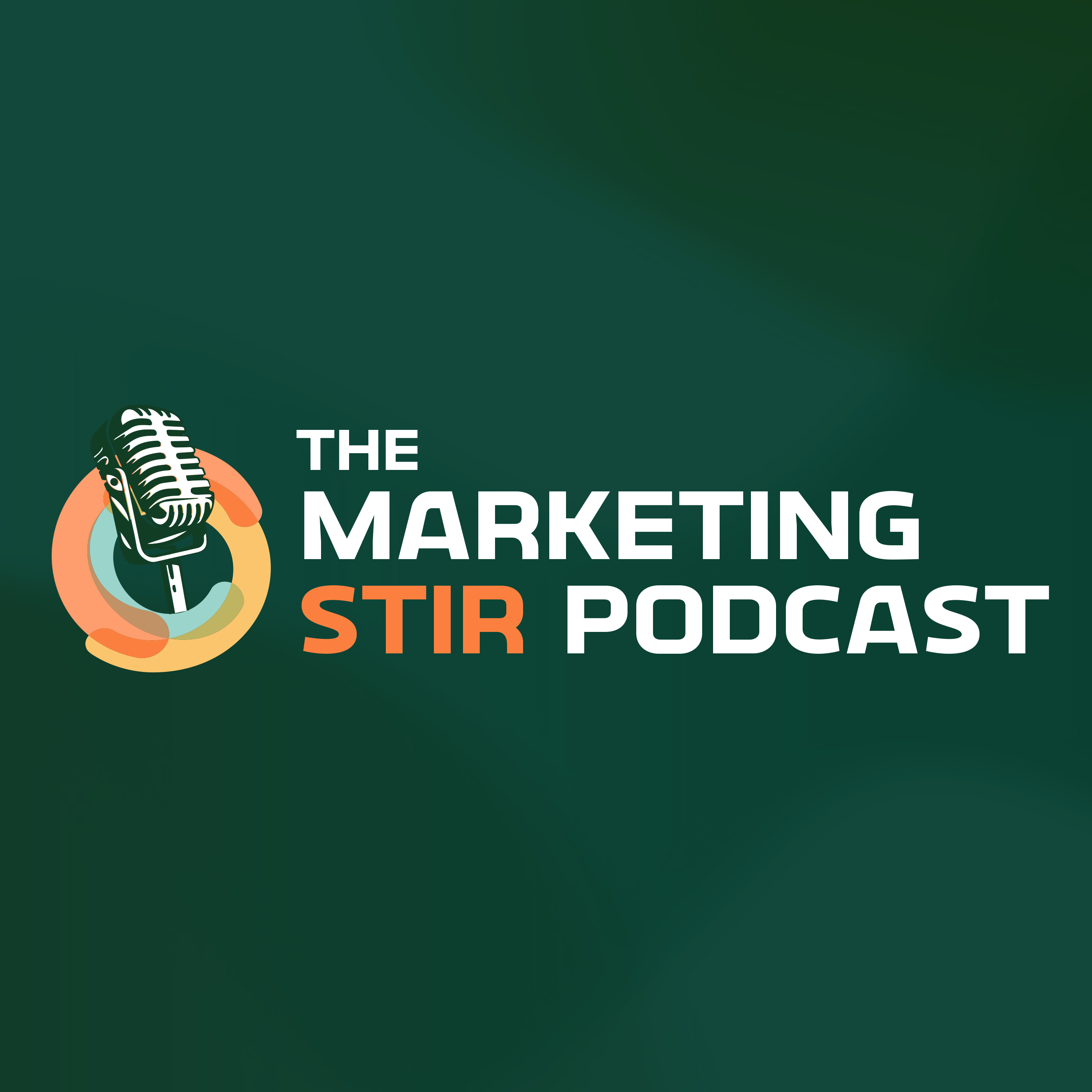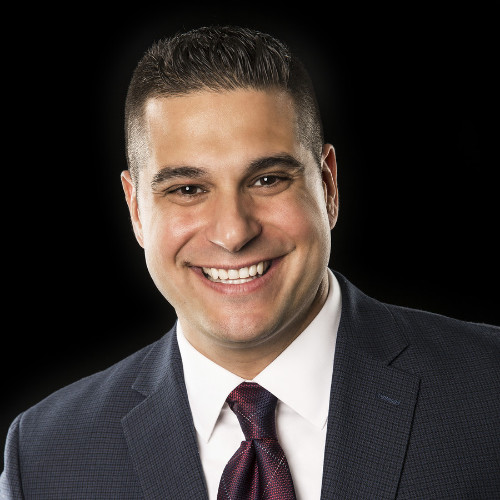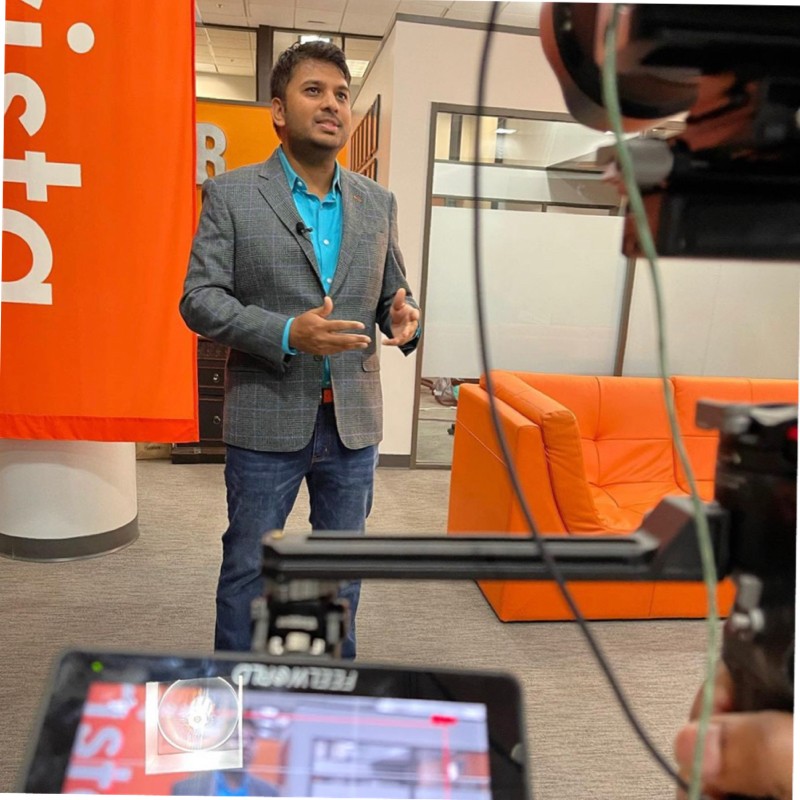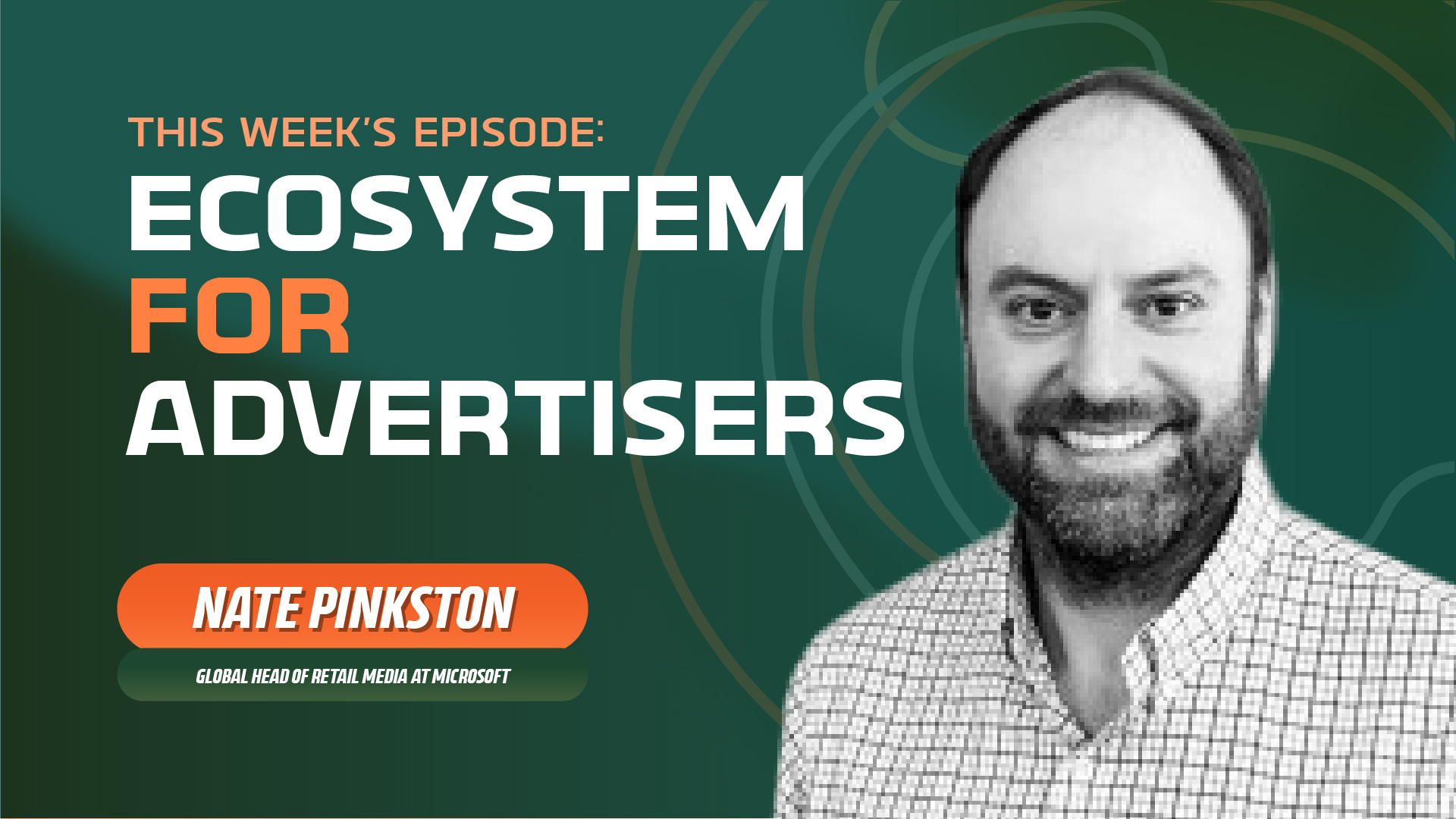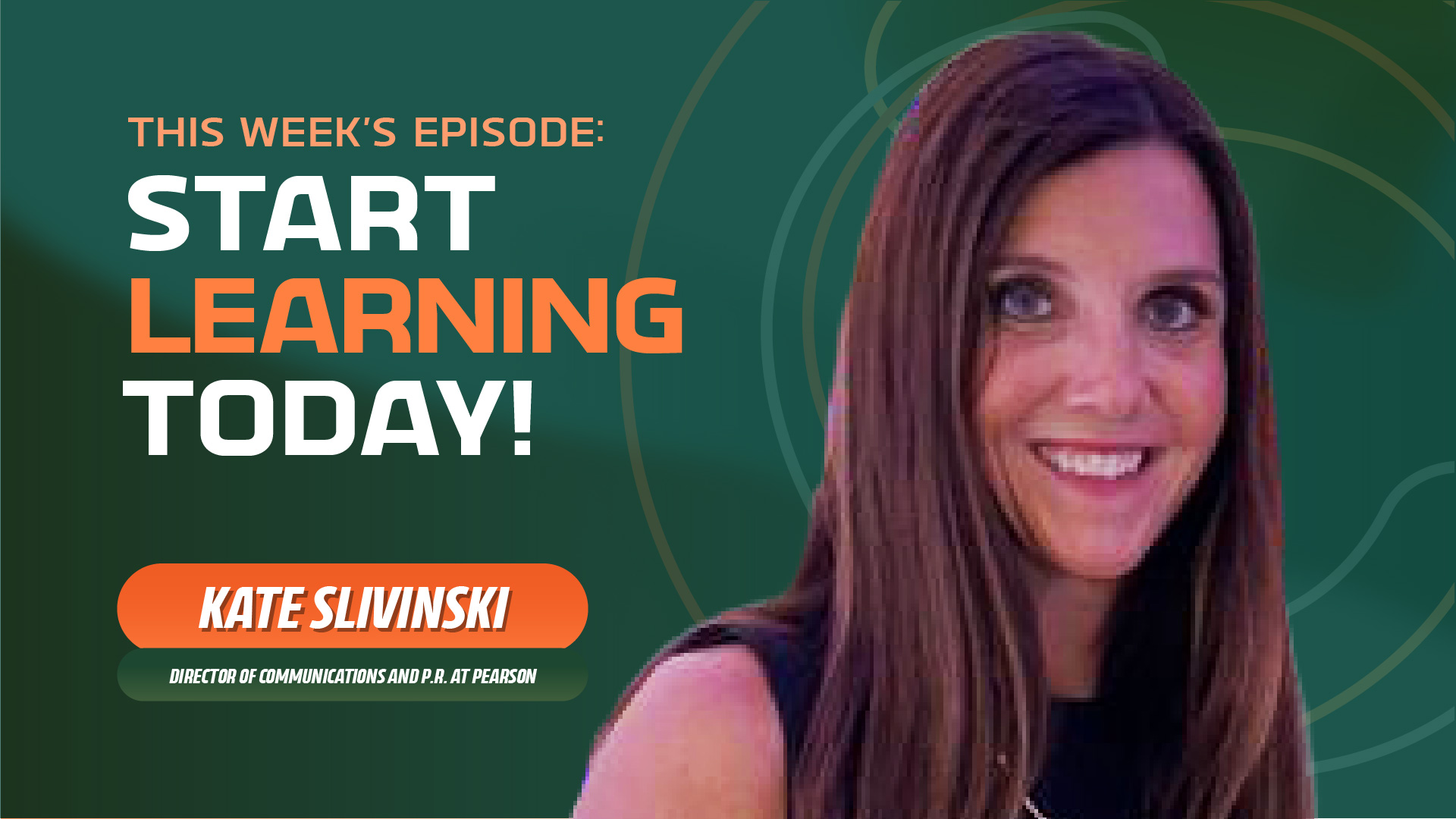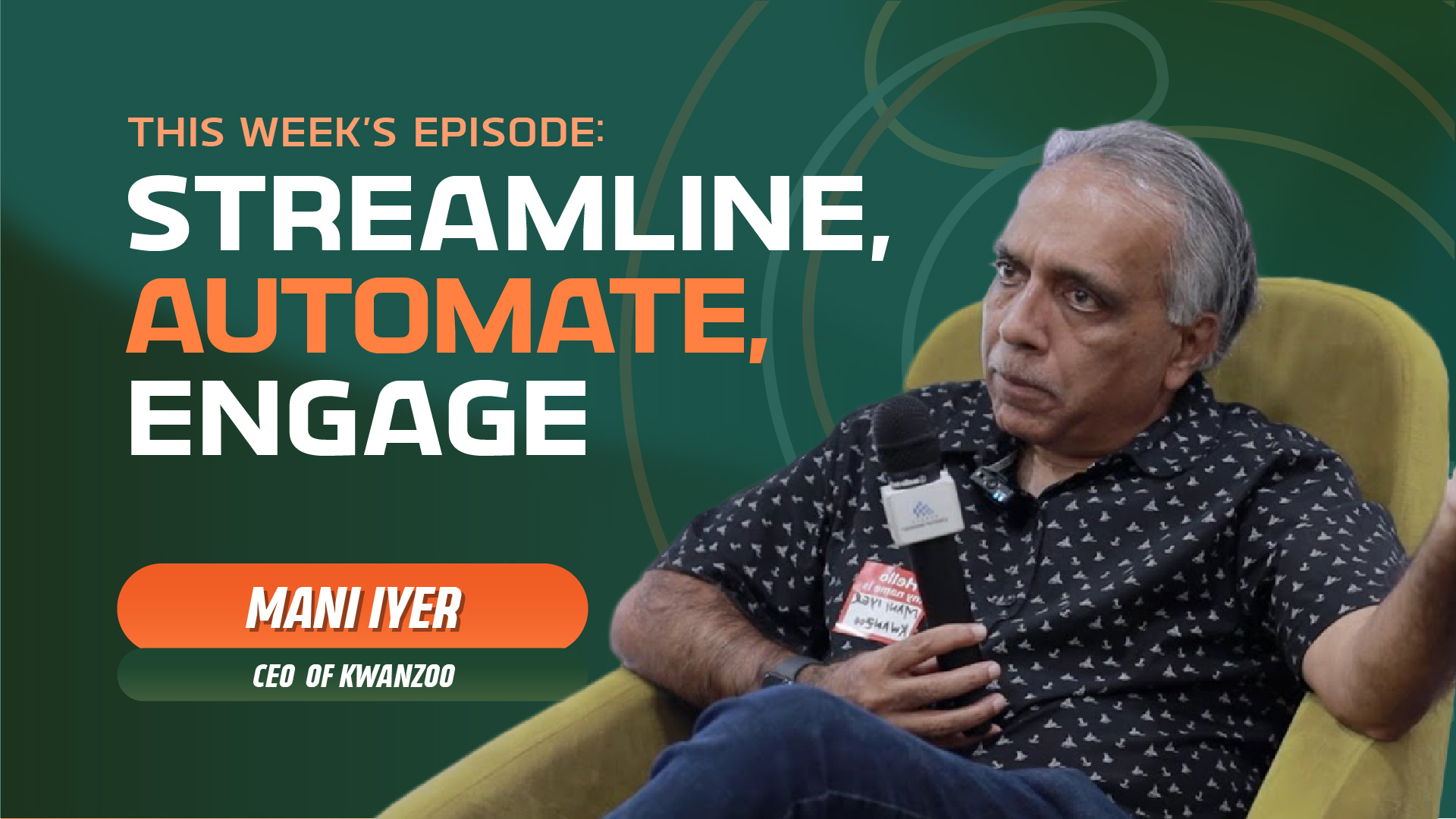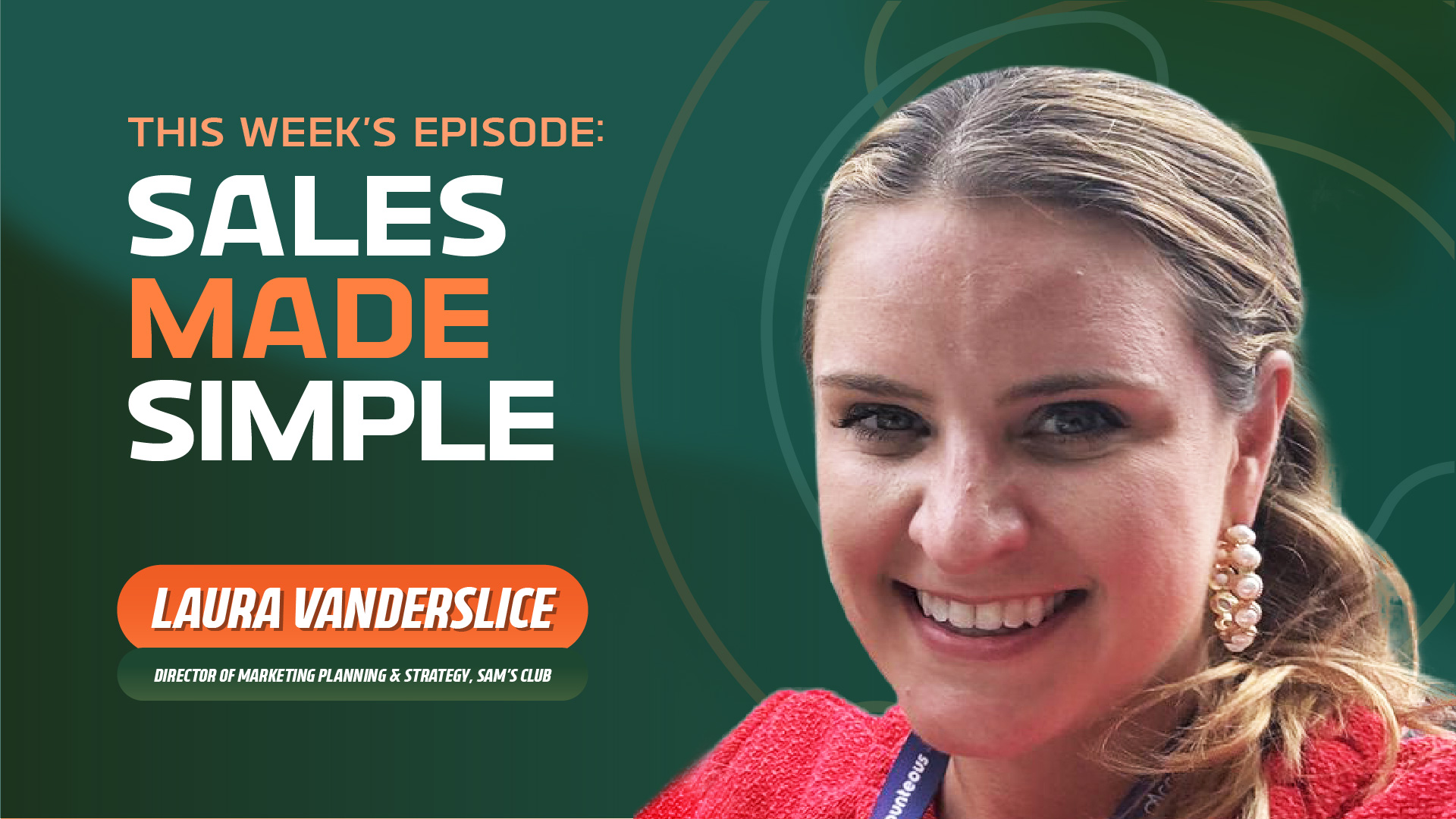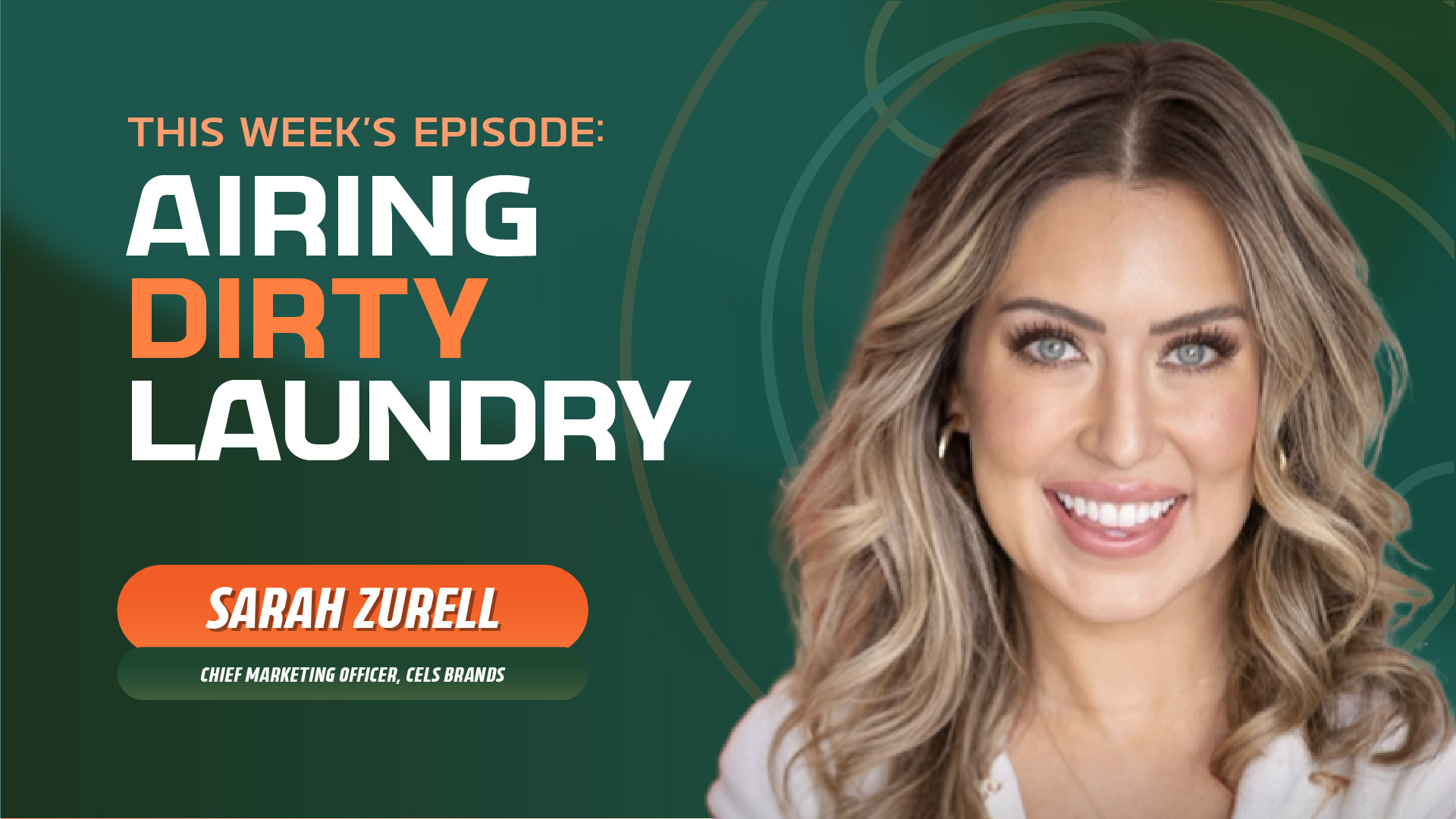The Marketing Stir: “Competing With Bandwidth”: B2B Technology & Remote Work
- 0.5
- 1
- 1.25
- 1.5
- 1.75
- 2
Jared Walls: Welcome to the Marketing Stir Podcast by Stirista, probably the most entertaining marketing podcast you're going to put in your ears. I'm Jared Walls, Associate Producer and Stirista's Creative Copy Manager. The goal of this podcast is to chat with industry leaders to get their take on the current challenges in the market, but also have a little fun along the way. We're taking a break this month but thought we'd reshare some takeaways from Season One. In this episode we hear from Gregory Simpson, VP Head of Marketing and Presales at Saama. Paroma Sen, Senior Director of Industry Cloud GTM at SAP. Heidi Cerenzia, VP Global Demand Generation at Wrike. Karolina Kocalevski, VP Global Head of Marketing and Communications at Orion Innovation. Katie Kirschner, VP Brand Content and Digital Marketing at NCR. And Sebastian Oppermann, VP Marketing at IONAS Cloud. Each guest speaks to how their B2B technology brands utilize tech, as well as some empathy after the shift to working remotely. Give it a listen.
Gregory Simpson: I've been here at Saama for about a year and a half. When I first got here, I looked at kind of the existing marketing budget and I would say, look like 75% of it was spent on events, so it was a huge part. That's where people learned about us, that's where we got leads from. And then with the whole pandemic, no more live events but a lot of companies that produced events going virtual. One of our large industry events happened in the spring and just kept the date and the schedule and just tried to do it virtually. And in my opinion, it didn't go very well at all. Really, you can't just take a live event and say, okay, now we're virtual. And what works, in my opinion, when you go virtual, is main stage keynote speakers, right? Because that's just one person talking the whole time anyway. But what doesn't work is a lot of the smaller group interactions. We're starting to see more breakouts. The other thing that doesn't work is just they're blocking off a number of days. So if someone's sitting on a computer behind Zoom, or any other video conferencing app, emails are going to come in, calls are going to come in, they're going to get distracted. So it's hard for them to say, I can dedicate the next three days to this event. They could if they were there in person, that's different. Because you're actually in a meeting and should have fewer distractions. So what I've seen working is some events where they break them up and they'll say, okay, here's the things you can choose from. So it's more like a couple of meetings a day, spread out over a longer amount of time. Another big thing that's missing is the networking. A lot of people go to events to talk to their peers and they'll see a new technology or a new product and then ask their peers, have you used them? Have you heard of them? Are they any good? Does it work? That type of stuff. And that's missing too, so I think there's a great opportunity for events going forward to have some of these capabilities, to allow people to network the way they have in the past, in real life.
Paroma Sen: It has changed because our customer's world has changed. We are very close to our customers in terms of, we want to be in a place where we help them. And when they're worried, we're worried because everybody's connected, right? And not just in a metaphysical way, but in a very pure capitalistic business way. So when this all started in March, April, the first decision that we at marketing took, which I was very, very proud of, very happy to see, we decided that we were not going to do any blatant selling, that we were just going to communicate to our customers that we are here to help you. We understand that you are very stressed at this point, because at that point, we were monitoring what people are searching. And they were searching things about health, how to keep their family safe, how to keep their jobs safe, how to return to family that's far away, many countries away. Like my dad, my father is in India and I'm here and I was like, I'm not going to be able to travel. So we saw that, that's what people were searching and we decided we're not going to do blatant selling for some time. We're just going to offer support, just offer reassurance in an empathetic way and be there for them. I think that was a decision that was very, very significant given that we are such a sales driven organization. We are always chasing KPIs. Our world has changed, yes. But in some ways we've been able to help customers. A lot of them that have physical stores, selling face- to- face, we transformed their selling to online selling through our commerce and stabilize those businesses, bringing resilience to business models. Of course, just like everybody else, we are a product of how the market reacts. So for example, if a certain industry suffers, we suffer because we have customers across 24 industries. A lot of sales has become online now. And in some cases we are seeing that's better because a lot of travel is honestly not needed. And then a lot of places where we would like to give an experience of a product to a customer, that does suffer because we cannot meet face- to- face.
Heidi Cerenzia: But myself being remote 100% of the time, because I've always managed people remotely, but myself being 100% remote was also like, okay, this is not that I'm used to. As you can probably see, I'm an extreme extrovert and I love that interaction and I love the in- person. But I also recognize that there are people on my team who are also extroverts. So now it gets into that human component, Ajay, which is that I recognize that at the end of the day, we all have responsibilities and accountability within our particular jobs. And I have team members who I manage directly, or I have someone who manages them and they are a teacher, a mom, a spouse, et cetera, et cetera and now you're competing with bandwidth. And so you have to just take pause and say, yes, at the end of the day, we have responsibilities to the business. At the end of the day that's why we're all here. And we actually did a leadership training last week and there's a woman that said," Human first, marketer second." And it really resonated with me because there's a certain level of empathy and understanding in which you have to have right now. I mean, you should have anyway, at the end of the day, we should have that anyway. Hopefully the pandemic is teaching us that and reinforcing that and enforcing that, but at the end of the day we should be that way anyway. So it is that level of empathy and that level of understanding when a team member said," Heidi, sorry, I had to miss a meeting because I was a second grade teacher for that 30 minutes and I didn't have a chance," or" My daughter was taking her final on Zoom." All those scenarios, which I'm sure anyone listening, or even Vincent, Ajay, I'm sure that you've experienced the same. And then I think the other side of it is just try to make some things a little bit more fun. So every Friday I have a coffee talk with the team. It's 30 minutes. People have their kids, their dogs, people take walks and it's just to say," Hey, hope you guys had a great week. I know we can't do a lot of things right now, but hope you have a great weekend." And the one rule is we can't talk about work. And I think that's important because we need that level of what we would normally, take a walk and go for coffee, but we can't do that right now. So I think that looking at it, not losing sight of the business and our responsibilities. And not forgetting that we are humans with feelings and we need to ensure that we're really aware of both of those things.
Karolina Kocalevski: Back when the technology actually wasn't there for it, and I'm not talking about webinars, your grandfather's webinar where someone's pushing a PowerPoint presentation and it's audio only. I'm talking about webinars that are like a mini little CNN news show where there's an anchor and where there's interactive panelists and actually developing and producing that is actually quite a feat. So a decade ago when I was doing that and one of the large professional services providers with some really smart partners of a big accounting firm who I was putting on a stage, the technology wasn't there. We were doing them in a studio and we had cameras and cameramen and broadcasting live. Now we have web cams. And something that I love has become super simple to execute. And the biggest thing, the reason that I love this tactic so much, and it's certainly not the only tactic, we do a lot of different things in marketing, but what I love is that it actually takes care of the three Bs of marketing, and off point now you can actually quote me for the three Bs of marketing. One is we build the brand. Webinars can really help with that. It's a pressure cooker for creating content, compelling content. It puts our subject matter experts on a stage. It helps build brand awareness and also helps with storytelling. It's a great avenue and venue for storytelling. The second B is building relationships. If we happen to have external panelists, it ends up becoming a situation where we're building relationships with those panelists, deep relationships. And also our audience starts to trust us and we're delivering some free advice and guidance on some pretty complex challenges that our audience may be going through. So that kind of altruistic delivery of education, it builds loyalty in whoever it is that is watching that content. So that's the second B, it builds relationship. And then the third B is it builds pipeline. Most marketers have seen the stats out there. Webinars are phenomenal for driving lead generation. People have to be able to have good reason to be reaching out and emailing people. People are interacting with that content. People are registering and they're attending and they're asking questions and they're watching a replay. And so the marketing campaign that goes around that is huge and it's useful. So it's a great lead generation vehicle. But it is risky and there is a lot, even with today's technology, there's a lot that can go wrong. And most of those things that can go wrong, you need a lot of practice, you need preparation and you need a backup plan. What happens if your computer crashes and there's a reboot that happens right in the middle of your live broadcast? And we've got some backup plans for all of that, and it's been working. Our LinkedIn following has doubled in less than a year. And we are making new connections and people are trusting us from the moment they start to interact with us. And I think it's because of some of the content that's out there and they get a feel for the minds of the thought leaders that we've put on stage and the thinkers within our company. And they're getting a feel for who they're actually going to be working with. So, webinars is my favorite.
Katie Kirschner: Anytime you have an activation strategy, it's actually only as good as the content strategy you've built behind it for the content development. Meaning, if I'm going to do targeted ads, so display ads as well, if I'm going to go to an event, if I'm going to send out an email campaign, well, what's inside of that, what I'm presenting to the person, the content is what actually matters. And to me, that's what a webinar is, right? A webinar it's not more tactic, it's more of that content depth but then I activate with tactics. So yes, we do webinars. We like to create what we call hero pieces of content. So that's your longer form or your longer thought leadership, and then developing derivatives off of that, so that we're able to use those derivatives to push you towards the hero piece of content. But those are like your light little snackables, your infographics, your shorter blogs. They may be longer form blogs, but they're not as long as a thought leadership, white paper and ebook. It could be a customer story. So a story that leads to that narrative that says, oh, I had this pain point, of which the white paper then addresses. So content is king. I know that that phrase started being used way before, probably 10 years before, but it really is. And your activation strategy is only as good as the content strategy that's behind it. So we have a huge focus on, what is the content we need to build? What is the common thread narrative we need to string across this content? And then, how are we going to leverage it in an activation strategy to amplify it, to further it, so we get eyeballs on it?
Sebastian Opperman: We are using quite a spectrum. As IONAS is a new brand, it has been, as I mentioned, it has been made, called 1& 1 before, now we are IONAS. So you have to establish a brand. Now that this former hosting company is also offering cloud infrastructure, we have to get known in the industry. So naturally, doing awareness and brand building is an important part. Therefore, we do display, we do content, we do social media. So we need to get known and also perceived as a viable option. Therefore, we use reports and third parties who certify and testify that we know what we're doing, and that we are a viable or even superior alternative to some of the bigger contenders out there. And then as I said, we are a B2B business, so awareness is not everything. We have to get the leads in. It's a B2B product. It's not something that you buy on the checkout cashier in Walmart. Something that can three, six or even more months to get a signature. So we have a funnel, and therefore naturally content is important. We need to provide content about the industry, the business, but also ourselves, to our prospects and customers and add value. And then get them in contact with sales accountants, executives like you do. To see, okay, what is your need, how can we help you? Especially as our service is not just, you click and you use, but we also do customized projects. And I think this is where we are different to some of the big ones where basically it's a product is a product. We have a high service orientation, and that's important to get in front of the customer.
Jared Walls: Thanks for listening to the Marketing Stir podcast by Stirista. We'll be back with full episodes in September, but until then, please tune in for a month of special topic- focused recaps from our Season One guests. As always, please like, rate and subscribe. If you're interested in being a guest on the podcast, email us at info @ themarketingstir. com. See you next week.
